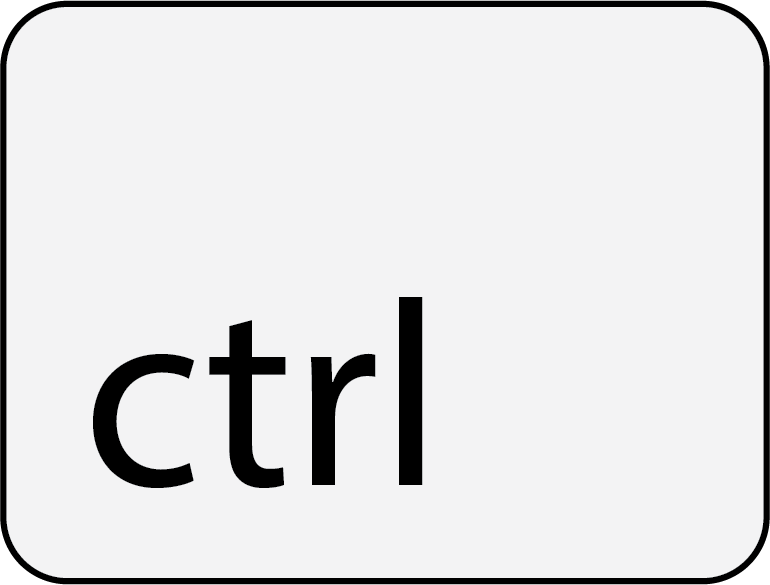The feed (\(f\) = 1000 kg/hr) flow rate, solvent (\(s\) = 1500 kg/hr) flow rate and feed composition (select one of three compositions) are given. The desired raffinate composition is specified, and the extract composition and the number of stages to
obtain the desired raffinate composition are determined by mass balances. First, the mixing point composition is calculated and located on the ternary phase diagram. The mixing point corresponds to the composition that would be obtained if
the feed and the solvent flows were mixed together:
$$ f + s = m, $$
solute A: \(x_A^Ff = x_A^Mm\) (because the solvent feed contains no solute),
solvent S: \(x_S^Ff + s = x_S^Mm\),
carrier C: \(x_A^M + x_S^M + x_C^M = 1\).
Here \(m\) is the combined feed and solvent flow rate (kg/hr) and \(x_A^i\), \(x_S^i\), \(x_C^i\) refer to the mass fractions of solute, solvent, and carrier in \(i\) (feed F, solvent S, mixed M), which is the stream fed to the cascade.
The mixing point \(M\) is located on the phase diagram using the lever rule:
$$ s/f = \overline{MF}/\overline{MS} = 1500/1000 = 1.5, $$
where \(\overline{MF}\) is the line segment from the mixing point M to the feed location \(F\), and \(\overline{MS}\) is the line segment from the mixing point \(M\) to the solvent location \(S\).
A line drawn from the desired raffinate composition \(R\)N through the mixing point until it intersects the phase boundary gives the extract composition leaving stage 1, \(E\)1.
The operating point \(P\) is located at the intersection of a line drawn through points \(F\) and \(E\)1 and a line drawn through \(R\)N and \(S\) because the overall mass balance for the system is:
$$ F + S = E_1 + R_N. $$
This equation is rearranged to define the operating point:
$$ P = E_1 - F = R_N - S. $$
A tie line from \(E\)1 to the right side of the phase boundary yields the raffinate composition leaving stage 1, \(R\)1; this line represents the first equilbrium stage (orange).
A mass balance in stage 1 (total feed in = total feed out) is:
$$ E_2 + F = E_1 + R_1, $$
which can be written as:
$$ E_2 - R_1 = E_1 - F = P. $$
Thus, the extract composition \(E_2\) leaving stage 2 is found by drawing a straight line from \(R_1\) to \(P\) (because \(P + R_1 = E_2\) from the previous equation). Where this line intersects the left side of the phase boundary is the composition of
\(E_2\).
This procedure is repeated for additional stages until the raffinate composition is nearly equal to the desired value of \(R_N\) without being less than \(R_N\). The number of orange equilibrium lines drawn is the number of equilibrium stages needed to
obtain \(R_N\).
See [1-4] for screencasts that describe the Hunter-Nash method and present examples.
-
Hunter-Nash Method: Liquid-Liquid Extraction [Video]. (July 31, 2017) www.youtube.com/watch?v=e0Yt5RMkyj4.
-
Hunter-Nash Method: Liquid-Liquid Extraction Example [Video]. (July 31, 2017) www.youtube.com/watch?v=FaKIZU3XPR8.
-
Hunter-Nash Method 1: Mixing and Operating Points [Video]. (July 31, 2017) www.youtube.com/watch?v=-yW0jIcH0_E.
-
Hunter-Nash Method 2: Number of Stages [Video]. (July 31, 2017) www.youtube.com/watch?v=JZuavrt8ksQ.
 +
+  on Mac or
on Mac or
 +
+  on Windows. To zoom in, use
on Windows. To zoom in, use  +
+  on Mac or
on Mac or
 +
+  on Windows.
on Windows.